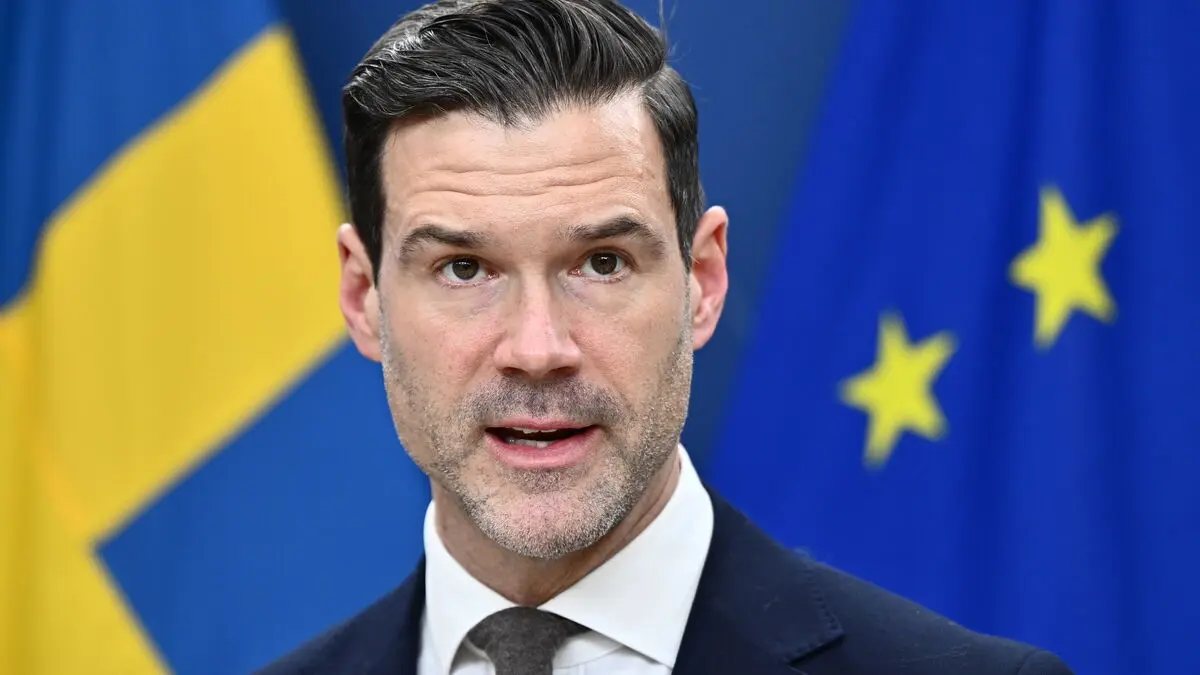In 2023, the Nils Holgersson group, consisting of organizations such as Bostadsrätterna, Hyresgästföreningen, and Sveriges Allmännytta, saw an average increase in district heating prices in the country of 7.8 percent.
This was the highest increase ever during the 30 years the report has been compiled. For 2024, the increase is almost double - an average of 15.2 percent.
We were ourselves surprised when we saw these figures, says chairman Joachim Höggren.
Fear for the Future
According to the report, prices have increased by over 20 percent in 79 municipalities, and in 23 municipalities, they have risen by over 30 percent. But it looks very different in different municipalities.
In the major cities of Stockholm and Gothenburg, it is lower than average: 12 and just over 9 percent, respectively. In Malmö, it is an increase of just under 1 percent.
It is different, however, in Åstorp municipality, where the price has increased by 39 percent. In Örkelljunga, it is almost 38 percent, and in Hultsfred, it has risen by 33.1 percent.
This year's figures mean a record price shock, says Joachim Höggren.
He believes that district heating companies need to become better at increasing transparency around prices and more clearly explaining to consumers how they are set.
We notice that there is concern about the long-term viability of district heating. District heating has an important position in Sweden, but the companies need to take a closer look. If you have this type of price shock, it's clear that you as a consumer start wondering if it's really the right heating method.
Setting Demands
Furthermore, politicians - both at the local and national level - need to keep a closer eye on the district heating market going forward.
Politics needs to protect consumers' interests more clearly and could do so by setting higher demands on transparency.
How the price situation will change next year is difficult to say. In some parts of the country, companies have already announced 2025 prices.
Above all, we are worried about the announcements that more companies are making linked to the need for investments in their networks. That can come more and then it will probably affect the price, says Joachim Höggren.
Municipalities with the largest price increases:
1. Åstorp: 39.0 percent
2. Vimmerby: 38.6 percent
3. Örkelljunga: 37.8 percent
4. Kalix: 36.5 percent
5. Aneby: 36.0 percent
6. Tibro: 35.0 percent
7. Valdemarsvik: 34.8 percent
8. Hultsfred: 33.1 percent
9. Bjuv: 32.9 percent
10. Alvesta: 32.6 percent
Source: Nils Holgersson report 2024





